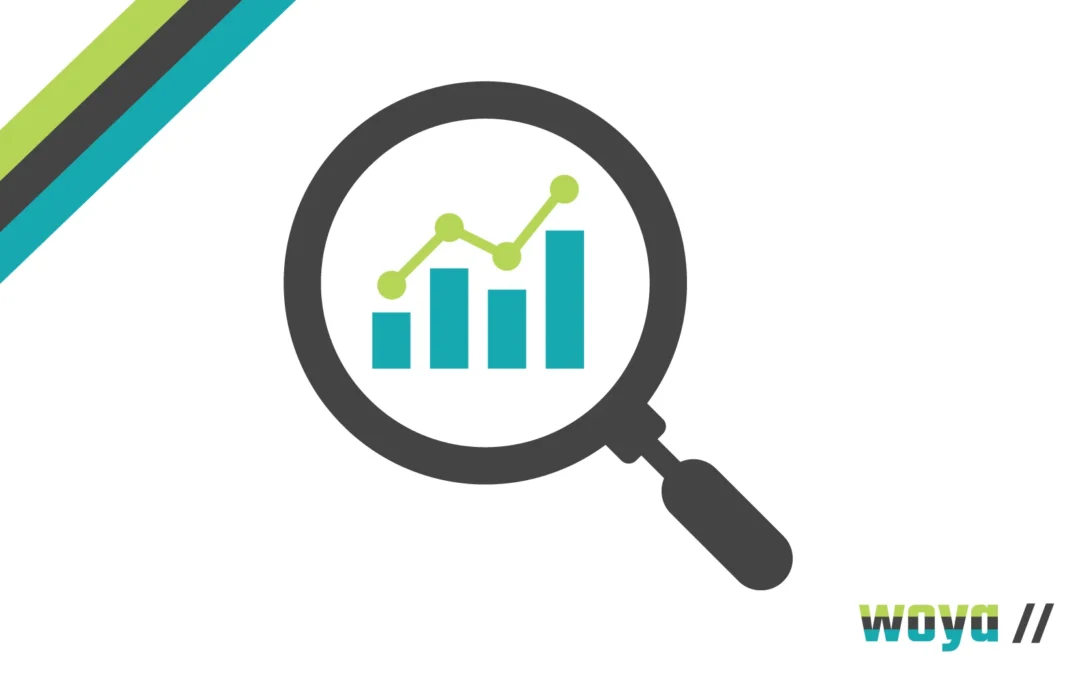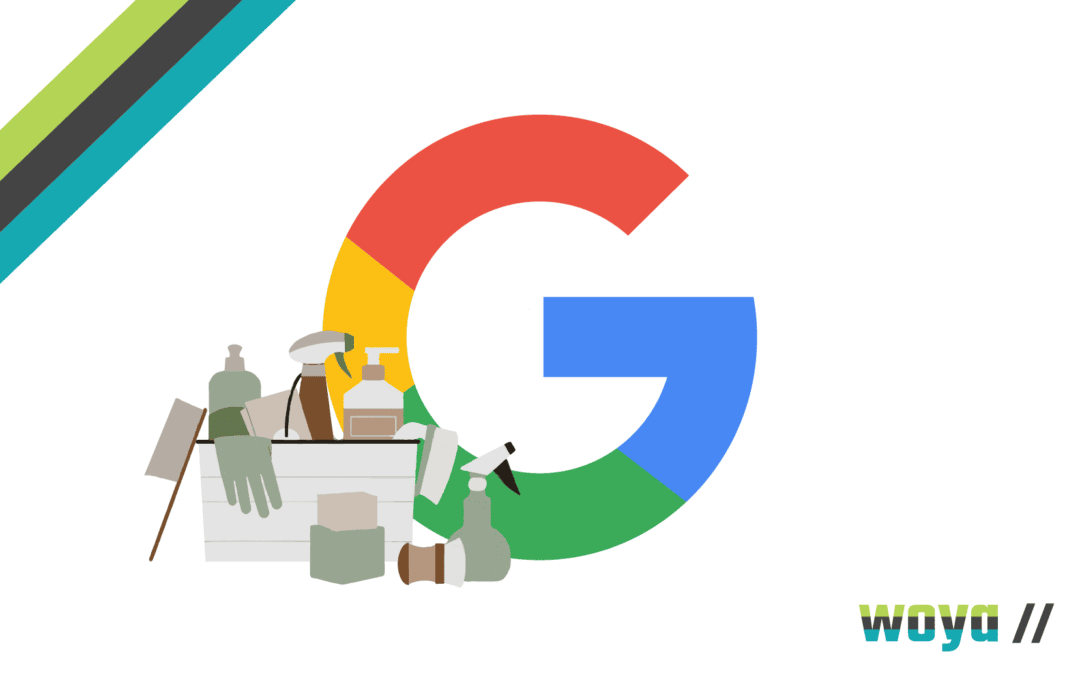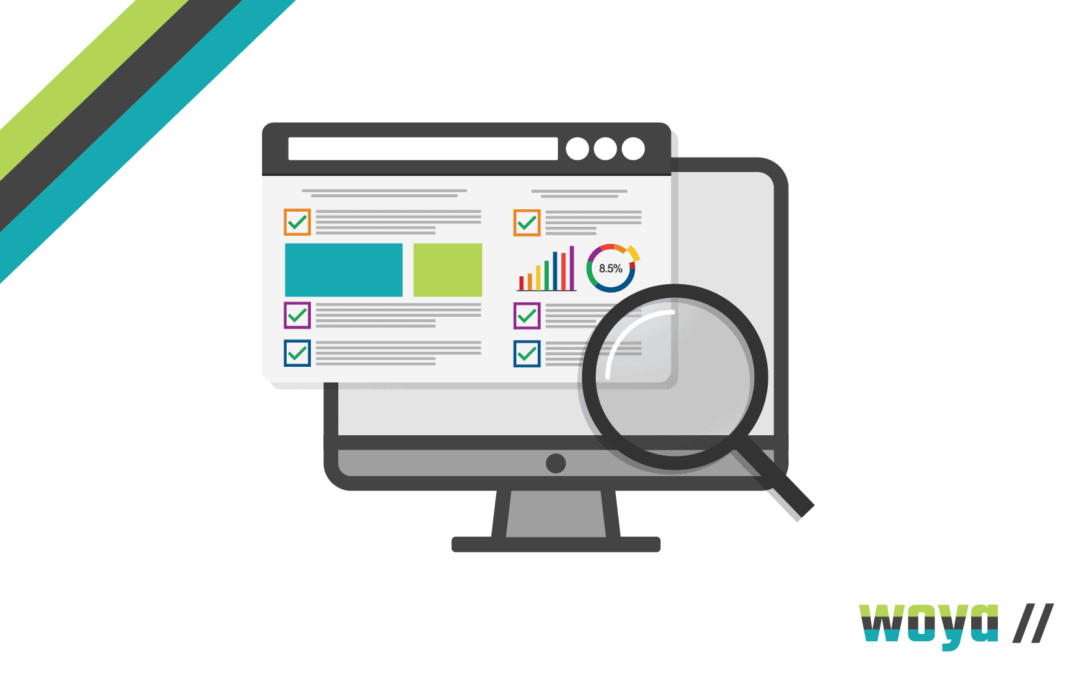
Keyword Research for Financial Services SEO
Reading Time: 6 minutesOne of the most important components of SEO is keyword research.
Keywords guide the direction of your SEO efforts, determine the types of search queries you should look to rank for and differentiate your site from your competitors.
But, before you dive into the deep end of keyword optimisation, it’s important to take a moment to pause and consider strategy.
This is where keyword research comes in. To ensure your marketing efforts see the payoff you’re expecting and your business is found by the right audience, you first need to identify the right keywords for your SEO.
From what exactly keyword research is to why it’s so essential for your financial services SEO strategy, uncover everything you need to know in our handy guide.
What is Keyword Research?
Keyword research involves finding those all-important words and phrases that are going to earn you some pretty significant SEO points, and support to get your website ranking in search engine results pages.
Keyword research helps you make conscious decisions to improve the relevancy of your site, ensuring you’re targeting terms that are specific to your business and optimal audience.
If you don’t conduct research, any optimisation done using keywords is going to be guesswork.
Let’s take a quick look at an example to learn more:
- Business One wants to optimise using keywords but they skip research phases. Instead, they think optimising for financial services will bring some decent results to their online doorstep. What they don’t know is that this keyword has a super high volume of competition that makes it incredibly difficult to rank for and a low search volume among their target audience.
- Business Two adds keyword research to their SEO strategy. They see that financial services isn’t a smart choice, but that accountants in Sussex has a drastically lower volume of competition and a decent search volume among their niche, ticking the boxes for local SEO.
Both finance industry businesses move ahead with their optimisation. Business One struggles to rank in any of the top spots and, with around half of all leads clicking on the first 3 spots in Google, they don’t see any significant changes to their traffic.
Business Two moves up the ranks for accountants in Sussex quickly to claim a top spot and, thanks to the targeted demographic, sees an uptick in leads looking for exactly what they’re offering.
Types of Keywords
A quick note here that, during research for financial services SEO, you will uncover different types of keywords. These include:
- Head terms: Keywords that can be vague or general but carry a super high search volume, like ‘accountants’, for example.
- Long-tail keywords: A more specific key phrase that usually contains 3-5 words and has a lower search volume but is great for targeting more niche demographics, like ‘financial help for small businesses’.
- Semantic keywords: Keywords or phrases that are related to your target keyword. The keyword ‘accounting’ for example, might have semantic keywords like ‘accountancy help’ and ‘tax accountant’.
Why Do We Conduct Keyword Research for Financial Services Companies?
At Woya Digital, keyword research is a key part of our financial sector SEO strategies. Why is it so important in our strategy?
Market Demands
Keyword research helps our finance SEO experts understand your audience. We look at what exact terms they’re typing into Google and the services they’re looking for.
This helps us optimise for their queries and create a customer-centric SEO strategy.
Target Audience Insights
Keyword research also reveals the pain points of real customers based on their searches.
Let’s say that there are a few high-volume terms that relate to tax, as an example. This gives us an indication that your audience is in need of tax guidance and help, and this should be a key focus of our financial services SEO strategy, by also advising our content strategy.
Competitive Analysis
Competitor keyword analysis looks into the keywords or phrases that competing companies are ranking for, investing in, and gaining traffic through.
By identifying the terms they’re going after, we can then create content that attempts to rank better than them, and boost your business higher, giving you a competitive edge.
Content Strategy Development
Content strategy makes up a big chunk of SEO services and feeds into lots of other rank-boosting techniques, including keyword optimisation.
As soon as we’ve identified target keywords and terms, we’ll focus on creating content that incorporates them.
Not only is this excellent for ensuring your website gains the understanding of search engines, but it also helps you create relevant content that engages your audience.
Benefits of Keyword Research for Financial Services Providers
Keyword research provides solid foundations for strong financial services companies SEO strategies and guides the direction of campaigns.
When using well-researched keywords in your content, you will see a whole range of business-boosting perks, including:
- Increased visibility: Targeting the right keywords in your content will help your website rank higher in the SERPs. You’re telling Google that your business is relevant to audience queries, increasing your online visibility and organically driving traffic.
- Higher-quality leads: Well-researched keywords target specific demographics. These are the audiences who are actively looking for a business just like yours, earning them the title of high-quality leads.
- Enhanced user engagement: Once you know what your audience is searching for, you’re better able to help with their queries. Creating relevant, high-value content shows you understand your target market, and this will increase user engagement and highlight your business as a source of relevant expert information and knowledge.
- Improved conversion rates: When you’re proving to your audience that you have the solutions they need, they’ll be far likelier to trust you with their finances. Aligning user intent, keywords, and your content can culminate in higher conversion rates.
- Increased ROI: By pinpointing the right keywords for your business, you can focus your marketing resources on areas you know will see more impactful results.
Book A Consultation
How Keyword Research Drives Our SEO Strategy
Identifying the right keywords feeds the next steps in your SEO strategy, and enhances results, making it a key priority. When working on financial services sector SEO strategies, our team begins with in-depth research to guide our decision-making.
Identifying the Highest Value Keywords
We always want to target the highest-value keywords for your business. These include keywords with high search volumes, lower competition, and that we think will drive higher-quality leads to your site.
We’ll also take into account the current ranking websites to work out how likely you are to outrank their pages (government websites, for example, are notoriously tricky to beat).
Tailoring Content to Audience Queries
Our high-value keywords directly influence the financial services SEO content we create. Using insights into what your audience is searching for, we can create content that:
- Answers their questions
- Meets their needs and interests
- Directs them towards relevant services
If we know, for example, that a lot of people are looking for terms related to small business tax expenses, we know that there’s an audience for this type of content.
We will then focus on content that answers key questions about expenses, boosting audience engagement and satisfaction, and earning your business some key brand awareness points.
Optimising On-Page SEO
We carry out both on-page and off-page SEO.
Keyword research helps guide our on-page optimisation, filling your site with relevant terms that we know will help you rank.
We’ll specifically target those high-quality keywords for the on-page elements that gain the most attention from search engines, including meta tags, image tags, and headers.
Enhancing Off-Page SEO
When building domain authority, we’ll use keyword research to boost your off-page SEO too.
Your high-value keywords inform our link-building and outreach strategies, boosting your credibility in the eyes of search engines and helping you reach more of your relevant audience.
Start Building A Financial Services Industry SEO Strategy
If you’re a business owner in financial services, SEO keyword research could be the starting point of skyrocketing your business growth.
From identifying your target audience needs to outshining your competitors, understanding the terms your potential clients are searching for can drastically improve your market understanding.
Optimise your SEO efforts to drive conversions, enhance user engagement, and establish yourself as an industry leader with high-value keywords.
At Woya Digital, we take keyword research seriously as a part of any digital marketing strategy. With a team of experts and years of industry experience on our side, we can help you develop keyword-driven financial SEO strategies to drive leads to your website.
Book an SEO Chat
The best place to start with any project is a little detail.





